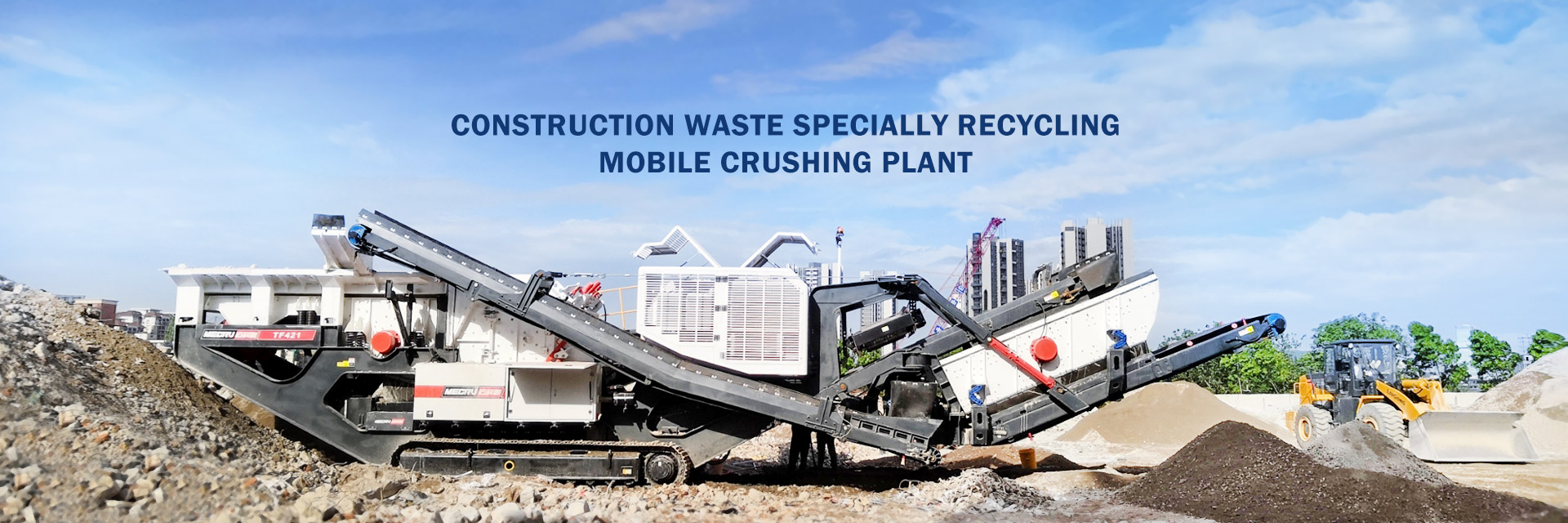A ball mill is a type of grinder used in mining engineering and mineral processing to grind and blend materials for ore processing, cement production, silicate products, refractory materials, fertilizers, and ceramics. It operates on the principle of impact and attrition, where grinding media (usually steel or ceramic balls) crush and grind the material into fine powder.
Key Features of a Ball Mill:
1. Cylindrical Shell – Rotates around a horizontal or slightly inclined axis.
2. Grinding Media – Steel or ceramic balls inside the mill that cascade and tumble to break down material.
3. Feed & Discharge – Material is fed through one end and discharged through the other (grate or overflow type).
4. Rotation Speed – Critical speed determines efficiency (too slow = minimal grinding; too fast = centrifuging).
 Working Principle:
Working Principle:
– As the mill rotates, the balls are lifted by centrifugal force until they fall back, impacting the ore particles.
– The grinding action reduces particle size through:
– Impact: Balls strike material as they fall.
– Attrition: Friction between particles and balls refines material further.
.jpg) Types of Ball Mills:
Types of Ball Mills:
1. Horizontal Ball Mill – Most common in mining; rotates horizontally.
2. Vertical Ball Mill – Used for finer grinding in some applications.
3. Batch vs. Continuous Mill – Batch mills process fixed quantities; continuous mills operate non-stop.
Applications in Mining:
– Ore grinding (e.g., gold, copper, iron)
– Cement production
– Coal pulverization
– Chemical processing
Advantages:
– Can produce very fine powders (<100 microns)
– Suitable for wet or dry grinding
– Simple construction & maintenance
Disadvantages:
– High energy consumption
– Noisy operation
– Wear on grinding media & liners
Would you like details on optimizing ball mill performance in mining operations?





Leave a Reply